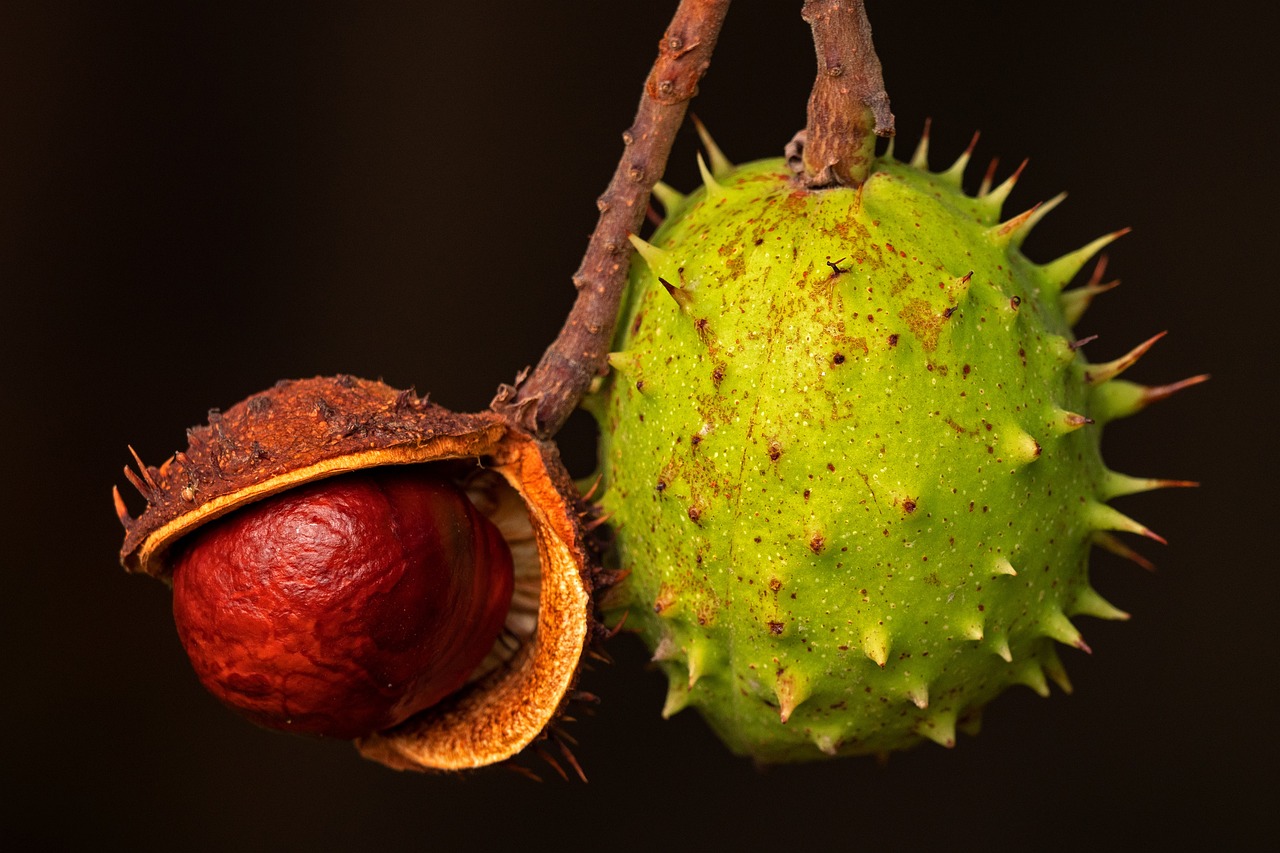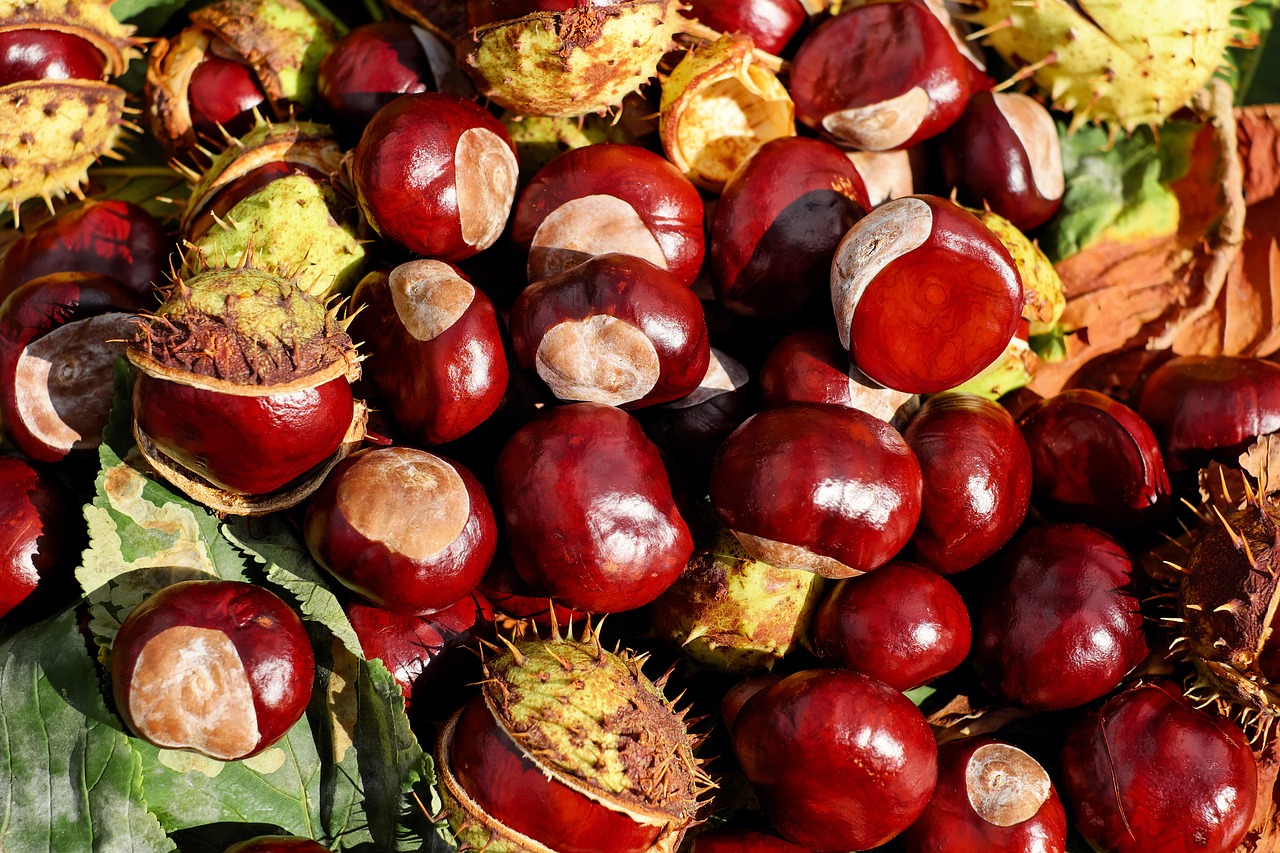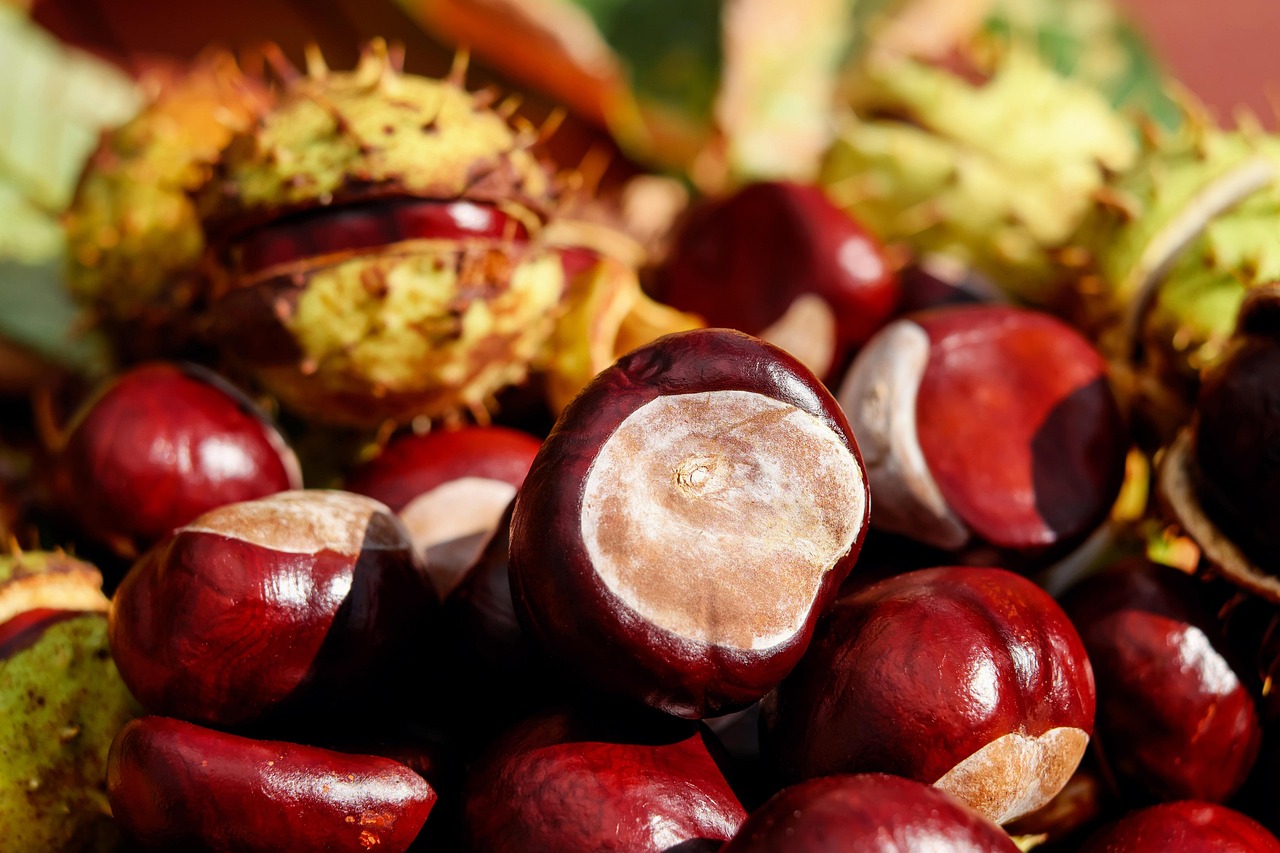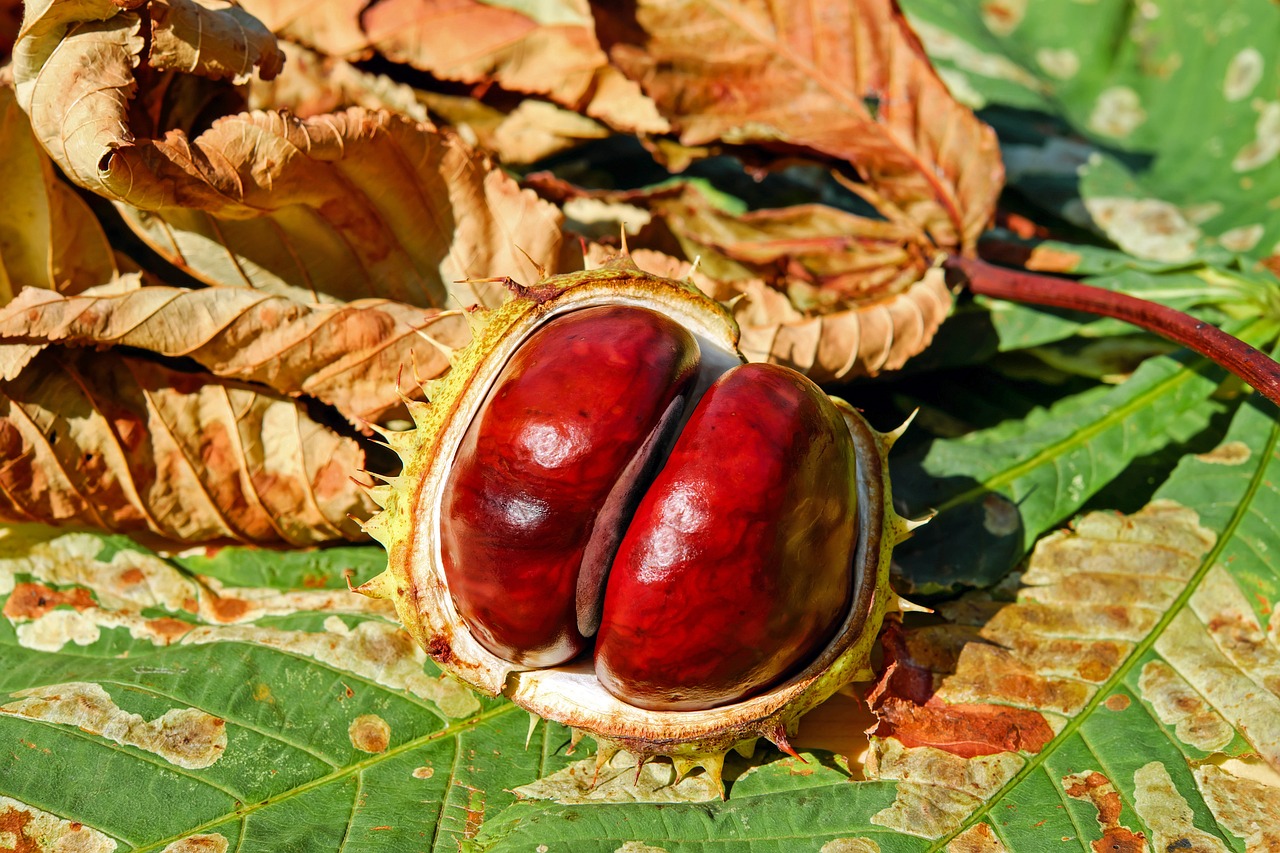The value of a chestnut tree is determined by several factors, including its age, size, health, species, location, and usability. These elements significantly influence both market demand and overall worth in landscaping, timber production, and ecological importance.
Chestnut trees have a long-standing history, recognized for their majestic stature and valuable resources. They belong to the genus Castanea and are primarily found in temperate regions. The most notable species include the American chestnut (Castanea dentata), the European chestnut (Castanea sativa), and the Chinese chestnut (Castanea mollissima). Each species offers unique qualities that contribute to their value in various settings.
One of the most crucial aspects influencing the worth of a chestnut tree is its age. Mature trees generally fetch a higher price due to their size and the volume of timber they can produce. Additionally, older trees often possess better quality wood, which is highly sought after for furniture making and construction. In contrast, younger trees may be less valuable but hold potential for future growth.
The health of a chestnut tree significantly impacts its valuation. A tree that is free from diseases, pests, and damage will be more desirable in the market. Healthy trees not only provide better timber quality but also contribute positively to the surrounding ecosystem. For instance, healthy chestnut trees can support local wildlife and improve soil quality through their leaf litter.
Factors Influencing Chestnut Tree Value

The value of chestnut trees can be affected by various interrelated factors. Understanding these factors can help landowners and investors make informed decisions regarding planting, harvesting, or selling these trees.
- Size: The diameter and height of a chestnut tree are critical in determining its timber volume. Larger trees typically yield more wood, increasing their market value.
- Species: Different species have varying degrees of desirability. For example, American chestnuts were once highly valued before a blight devastated their population.
- Location: Trees planted in optimal conditions, such as well-drained soil and adequate sunlight, tend to thrive better. Their geographical location can also affect accessibility for harvesting.
- Usability: The intended use of the tree’s wood—whether for furniture, flooring, or decorative purposes—can heavily influence its worth. Certain characteristics, such as color and grain pattern, may enhance its value.
Another important consideration is market demand. The popularity of chestnuts as a food source has seen a resurgence in recent years. Chestnuts are nutritious and can be harvested for culinary uses, adding another layer to their financial value. The demand for chestnut products can fluctuate based on trends in organic and local food movements.
Environmental factors also play a role in the valuation of chestnut trees. In areas where sustainable forestry practices are promoted, the demand for healthy trees increases. They can also contribute to biodiversity and serve as carbon sinks, providing ecological benefits that may not be immediately quantifiable but are increasingly recognized in modern environmental assessments.
| Factor | Description |
|---|---|
| Age | Mature trees are more valuable than young ones due to size and quality. |
| Health | Healthy trees attract higher prices due to quality and ecological benefits. |
| Species | Certain species are more desirable based on wood quality and historical significance. |
| Market Demand | The popularity of chestnuts in food markets affects value. |
Understanding these factors is essential for anyone involved with chestnut trees, whether for personal or commercial purposes. Making informed decisions can lead to enhanced sustainability and profitability in managing these valuable natural resources.
Harvesting and Processing Chestnut Trees
The process of harvesting and processing chestnut trees is crucial in determining their overall value. The methods used can significantly affect both the quality of the wood and the chestnuts produced. Proper techniques not only enhance timber quality but also ensure that the ecological balance is maintained.
Harvesting Techniques
When it comes to harvesting chestnut trees, there are several techniques that can be employed. Each method has its advantages and potential drawbacks. The timing of the harvest is critical, as it impacts both the yield and the quality of the chestnuts and timber.
- Selective Harvesting: This method involves selectively cutting down mature trees while leaving younger ones intact. It promotes sustainability and ensures continuous production over the years.
- Clear-Cutting: Although this technique can maximize immediate yields, it is less sustainable. Clear-cutting removes all trees in an area, which can lead to soil degradation and loss of habitat.
- Thinning: Thinning involves removing some trees in a dense stand to allow remaining trees more resources, ultimately improving their growth and health.
The choice of harvesting technique will depend on the landowner’s goals, whether they prioritize short-term profit or long-term sustainability. Careful planning is essential to maintain ecological health while maximizing economic returns.
Processing Chestnuts
After harvesting, the next step involves processing the chestnuts. Proper processing is vital to maintain the quality and maximize value. Here are some key steps involved in processing chestnuts:
- Cleaning: Chestnuts must be thoroughly cleaned to remove dirt and debris. This step ensures higher quality for market sales.
- Sorting: Sorting chestnuts by size and quality helps in pricing and marketing. Higher quality nuts can command a premium price.
- Packaging: Proper packaging is essential for preserving freshness during transportation. Ventilated packaging helps prevent spoilage while allowing air circulation.
Processing not only enhances the quality of the end product but also adds value for producers. Consumers are increasingly looking for high-quality, locally sourced products, making effective processing techniques a vital component of value determination.
The Role of Chestnut Trees in Ecosystems
Beyond their economic value, chestnut trees play a significant role in their ecosystems. Their presence contributes to biodiversity, soil health, and carbon sequestration. Understanding these ecological benefits is essential for valuing chestnut trees holistically.
Biodiversity Support
Chestnut trees provide habitat and food for various species. The nuts are a food source for wildlife, including deer, squirrels, and birds. Additionally, the trees themselves offer shelter and nesting sites for various animals.
Soil Health
The leaf litter from chestnut trees enriches the soil with organic matter as it decomposes. This process improves soil structure and fertility, benefiting not only the chestnut trees but also other plants in the vicinity.
Carbon Sequestration
Chestnut trees are effective at sequestering carbon dioxide from the atmosphere. By absorbing CO2 during photosynthesis, they help mitigate climate change impacts. This ecological service adds another layer to their value, particularly in an era where sustainability is increasingly prioritized.

Market Trends and Economic Potential
The market for chestnut products has evolved significantly over recent years. As consumer preferences shift towards organic and sustainable options, understanding these trends can benefit those involved in chestnut cultivation.
- Increased Demand for Organic Products: There is a growing preference among consumers for organic chestnuts, leading to higher prices in organic markets.
- Culinary Popularity: Chestnuts are gaining popularity in various cuisines around the world. Their versatility makes them suitable for both savory and sweet dishes.
- Sustainable Forestry Practices: As more consumers prioritize sustainability, trees that are harvested responsibly may see increased demand.
The evolving market landscape presents opportunities for those who cultivate chestnut trees. By aligning production practices with market demands, growers can maximize their profits while promoting environmental stewardship.
Chestnut Tree Maintenance and Care

To maximize the value derived from chestnut trees, proper maintenance and care are essential. This involves various practices that ensure the trees remain healthy, productive, and resilient against pests and diseases. Understanding these maintenance strategies can significantly impact the long-term profitability of chestnut cultivation.
Soil Preparation and Fertility
Soil quality is critical for the growth of chestnut trees. Proper soil preparation and fertility management can enhance their growth rates and overall health. Key considerations include:
- Soil Testing: Conducting a soil test prior to planting helps determine nutrient levels and pH balance. This information guides necessary amendments to optimize growth conditions.
- Organic Matter Addition: Incorporating organic matter, such as compost or well-rotted manure, improves soil structure and fertility. This practice enhances moisture retention and provides essential nutrients.
- pH Management: Chestnut trees thrive in slightly acidic to neutral soil (pH 5.5 to 7.0). Adjusting soil pH through lime or sulfur applications can create optimal growing conditions.
Irrigation Practices
Effective irrigation is vital, especially during dry spells. Chestnut trees require consistent moisture for optimal growth, particularly in their early years. Here are some irrigation strategies:
- Drip Irrigation: This method delivers water directly to the root zone, minimizing waste and ensuring that the trees receive adequate moisture.
- Mulching: Applying mulch around the base of the tree helps retain soil moisture and regulate temperature. Organic mulches can also improve soil quality as they decompose.
- Monitoring Soil Moisture: Regularly checking soil moisture levels helps prevent overwatering or underwatering, which can stress the trees.
Pest and Disease Management
Chestnut trees are susceptible to various pests and diseases that can affect their health and productivity. Proactive management is essential to mitigate these risks:
- Regular Inspections: Conduct routine checks for signs of pests or diseases. Early detection is key to effective management.
- Integrated Pest Management (IPM): Employ IPM strategies, which combine biological control, cultural practices, and chemical methods to manage pests sustainably.
- Choosing Resistant Varieties: Selecting chestnut varieties that are resistant to common diseases, such as chestnut blight, can significantly reduce losses.
The Economic Impact of Chestnut Trees
The economic potential of chestnut trees extends beyond their immediate value as timber or food sources. They contribute to local economies through various means:
Job Creation
The cultivation, harvesting, and processing of chestnut trees create job opportunities in rural areas. This includes roles in farming, logistics, processing facilities, and retail markets. The job creation aspect supports local economies and communities.
Tourism and Agroforestry
Chestnut orchards can also serve as attractions for agro-tourism. Visitors may come to participate in harvesting events, festivals, or educational tours. These activities generate income for local businesses and promote awareness of sustainable agricultural practices.
Carbon Credits and Environmental Benefits
As awareness of climate change grows, chestnut trees may play a role in carbon credit trading systems. By sequestering carbon dioxide, sustainably managed chestnut forests can earn credits that can be sold on carbon markets. This adds an additional revenue stream for landowners committed to environmentally friendly practices.
Cultural Significance of Chestnut Trees

Beyond their economic value, chestnut trees hold cultural significance in various regions around the world. They are often associated with historical traditions and practices that enhance their worth:
- Historical Uses: Chestnuts have been a staple food source for centuries in many cultures, particularly in Europe and Asia. Their use in traditional recipes adds cultural value.
- Folklore and Traditions: In some cultures, chestnuts are celebrated during harvest festivals, symbolizing prosperity and abundance.
- Aesthetic Appeal: The beauty of mature chestnut trees enhances landscapes, making them valued not just for their products but also for their contribution to scenic beauty.
The cultural ties associated with chestnut trees can elevate their perceived value within communities, making them cherished components of local heritage. Understanding this multifaceted value helps in promoting sustainable practices while preserving cultural traditions.
Economic Sustainability and Future Prospects
As we consider the value factors determining the worth of chestnut trees, it is evident that economic sustainability plays a crucial role in their future prospects. The interplay of market demand, environmental considerations, and responsible management practices can significantly influence the longevity and profitability of chestnut cultivation.
Investment in Research and Development
Investing in research and development is vital for enhancing the resilience and productivity of chestnut trees. Ongoing studies focus on developing disease-resistant varieties, improving cultivation techniques, and marketing strategies. By fostering innovation, stakeholders can adapt to changing market conditions and consumer preferences effectively.
Community Engagement and Education
Engaging local communities in chestnut cultivation can lead to enhanced awareness of sustainable practices. Educational programs about the ecological benefits of chestnut trees, along with workshops on proper care and maintenance, can empower landowners and farmers. This community-centric approach fosters a collective responsibility towards sustainable forestry and agricultural practices.
Promoting Chestnuts as a Sustainable Crop
Chestnuts are increasingly recognized as a sustainable crop choice. Their ability to thrive in diverse climates and soil types makes them an attractive option for farmers looking to diversify their agricultural practices. Chestnuts require less water than many traditional crops, making them suitable for regions facing water scarcity. Promoting chestnuts as a sustainable crop can lead to increased interest from both consumers and farmers.
Final Thoughts
The value of chestnut trees encompasses a complex array of factors that contribute to their worth. From their economic potential as timber and food sources to their ecological benefits and cultural significance, chestnut trees hold an important place in both local economies and global markets. Understanding these multifaceted aspects is essential for anyone engaged in chestnut cultivation or management.
As demand for organic and sustainably sourced products continues to grow, the market for chestnuts is poised for expansion. By adopting responsible cultivation practices, investing in research, and engaging with communities, stakeholders can enhance the economic viability of chestnut trees while promoting environmental stewardship.
In conclusion, the overall worth of chestnut trees can be maximized through a comprehensive understanding of their value factors. With ongoing efforts to promote sustainable practices and adapt to market trends, the future of chestnut trees looks promising. They not only provide valuable resources but also contribute positively to ecosystems and cultural heritage, enriching communities around the world.
